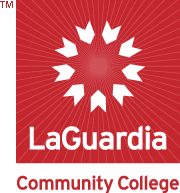
Publications and Research
Document Type
Article
Publication Date
2017
Abstract
Purpose – One of the most innovative library services recently introduced by public and academic libraries, the technology of 3D printing, has the potential to be used in multiple educational settings. The goal of the project described in this article was to examine how this novel library digital service motivates students’ learning, and to investigate managerial issues related to the introduction of 3D printing services at a medium-size urban community college library with restricted funding.
Design/Methodology/Approach - Since fall 2014, the LaGuardia Library Media Resources Center has been offering a portable consumer-end 3D printer for classroom use. This paper provides historical context for the implementation of 3D printing as a service offered by librarians and discusses how the community college library managed 3D printing services to support class curriculum. At the end of the three-semester-long project students were asked to volunteer to take a survey conducted by the librarian and the class instructor.
Findings - The results of the student survey demonstrated that library 3D printing services significantly promoted students’ motivation to learn. The conceptual model of a makerspace should be an essential part of the 21st century academic library. To help make that possible this paper examines certain challenges and limitations faced by librarians when introducing 3D printing, including dedicated space management, professional education, and personnel availability.
Originality/Value - During the project described students were able to use library services to print out and study complex engineering and biology models in 3D. The proper planning and management of this innovative service allows academic librarians to enhance class curriculum by providing the means of transforming theory into physical reality.

Comments
This is the accepted manuscript of an article originally published in Library Management, available at https://doi.org/10.1108/LM-12-2016-0094.